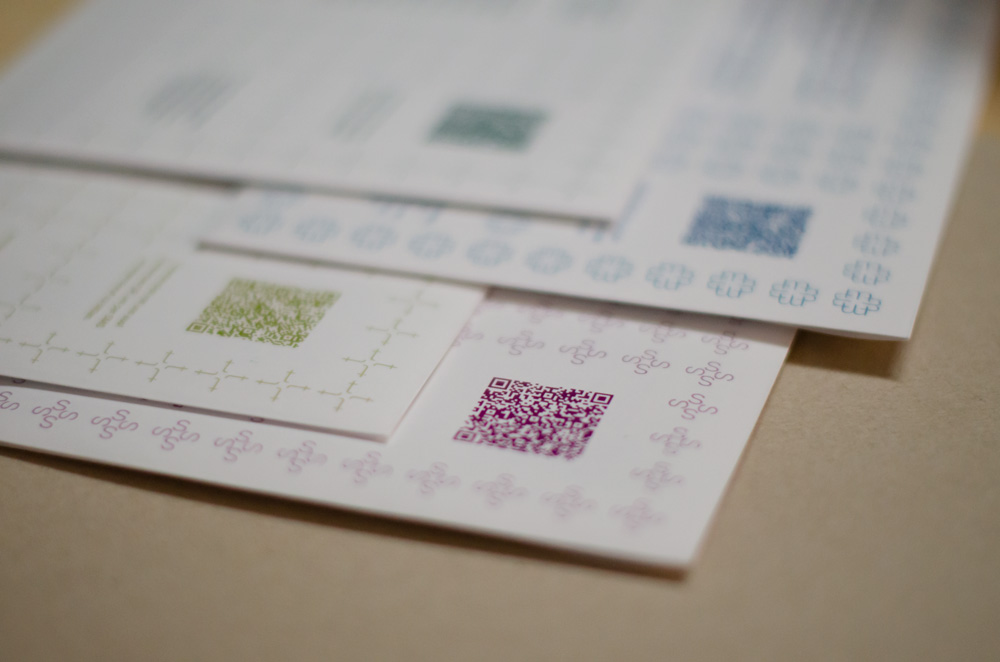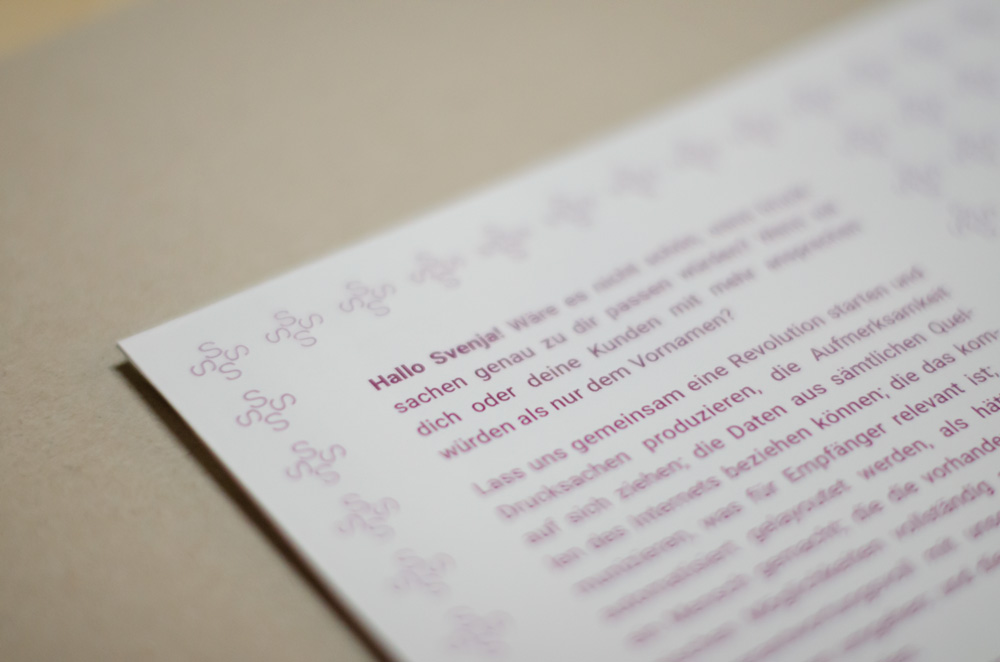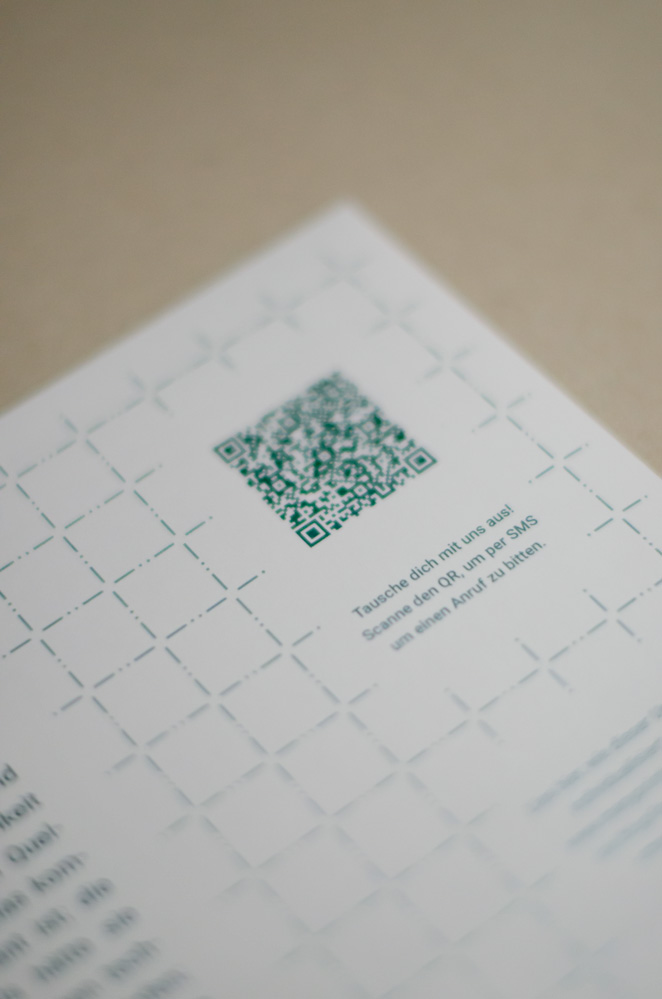Customization of envelopes with QR codes
By Tobias Köngeter | Posted on 1. 10. 2020 | Updated on 22. 9. 2023
On October 1, 2020, we were part of the online event “Young talent meets business”, which was organized by the industry associations for printing and media, paper and plastic processing dmpi and the University of Media HdM Stuttgart as part of the ZEUS project, funded by the Ministry of Economics, work and housing construction, has taken place.
New approaches for the printing industry
We presented our ManyPrint Solutions software there, which enables new approaches for the printing industry:
- More time for the creative process when designing, less time spent doing it x times
- Extremely fast production through automated processes
- Transformation of input data into content / visualization of input data as design variants
- More targeted information through individualized and personalized products
- Efficient one-to-one marketing: curbing the flood of information and wastage
- Saving energy and resources
Personalized give-away for the participants
The organizers have provided event participants with a bag containing information from the companies that were part of the event.
We packed our giveaways in personalized envelopes. For data protection reasons, the printed personalization is based only on the first names of the participants and shows an example of the possibilities for personalizing printed products. It shows how the product varies in four different places from a single piece of information.
Input data becomes content
Input data can either flow directly into the content of printed matter or be translated into specific content.
Name
The easiest form of personalization is a direct use of the incoming information, in this case the participant's first name. In this example, the first name has been included in a pre-formulated text.
More possibilities
Depending on the text, it would also be possible for other parts of the text to change. With a small additional effort, namely linking the names with a gender in the underlying database, personal pronouns (e.g. he or she) or possessive pronouns (e.g. his or hers) could change.
QR code
Each of our envelopes is equipped with an individual QR code. It makes it easy to contact us, which only requires two actions. When you scan with your smartphone, an SMS is automatically created — including our number and a current and individually tailored text. This just needs to be sent.
More possibilities
In addition to individual QR codes, individualized links or voucher codes are also possible.
Input data influences the design
The pattern and the color used show an example of how input information can be transformed into different types of visualization.
Pattern
Each envelope is printed with a unique pattern based on the first letter of the first name. To do this, we wrote a script that captures the first letter of the first name, converts it to a lowercase letter and generates a pattern from these letters; here by rotating the letter by 90° and grouping four letters. The degree angle of rotation and the position of the letters are set in the script.
More possibilities
Other rotation angles and a different arrangement possible. These can be set in advance or vary by additional input data (e.g. a favorite or random number between 1 and 10 or the automatically calculated cross sum of the house number or postal code in an address). Capital letters or completely different characters can be the basis of the pattern.
Color
The color is generated based on the first name. To do this, the first name is converted using a hash function (also known as a scatter value function) and then separated into three values for hue, saturation and brightness. These three values create a unique color in the HSL system. The script then checks whether the contrast to the paper to be printed is high enough and, if necessary, corrects the color by making it a little darker.
More possibilities
If the design is to be multi-colored, you can work automatically with the complementary color, for example. Tools like Adobe Illustrator offer the possibility of deriving one, two or more suitable colors. Following the same logic, we can automatically incorporate additional matching colors into the design.
If certain colors are to be used (for example colors of a corporate design or — somewhat stereotypically — pink for girls and blue for boys), the colors can also be stored in the script in advance and not change or only change within defined variants.
Colors can also be defined in a somewhat more complex way based on certain terms (word-to-color). To do this, we evaluate the frequency of colors occurring in photos from image databases. For example, for the hashtag #forrest this could be more green and brown tones, for #sea more gray and blue tones.
Generation and production
The generation of the print files takes 1 second per envelope.
The small edition was printed in-house on one of our digital printing machines from OKI. The envelopes are made from the high-quality Conqueror diamond white from Römerturm.
Are you interested in customizations of this kind?


